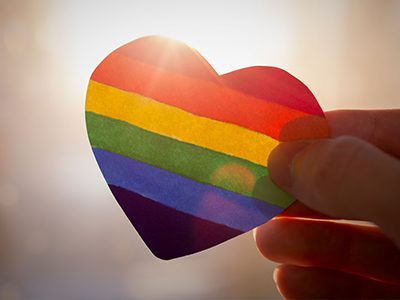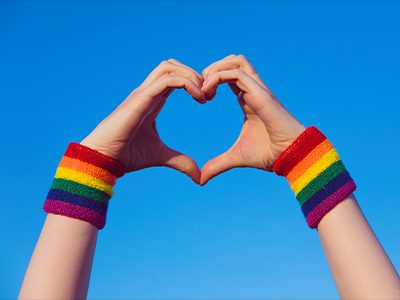Considering LGBTQ+ Independence and Freedom

Considering LGBTQ+ Independence and Freedom
July is a time when we contemplate and celebrate our independence and freedoms. What do those words mean to you? We could consider them in both broad and personal terms. How are these values expressed in your daily life? Are you living an independent life? Are you free to be the person who you are inside? Let’s take a moment to examine what they may mean to someone who identifies as LGBTQ+.
Beginning with a broader consideration, many states outside of California still do not allow LGBT people the same rights as heterosexual, cisgender people, such as employers maintaining the legal authority to fire an employee for no other reason than the suspicion of them being gay or transgender. Some school administrations do not make accommodations for transgender students. Despite the American Psychological Association and the American Psychiatric Association’s condemnation of conversion therapy (interventions based on the false premise of being able to change one’s sexual orientation,) many states still allow the harmful practice. These are only a few examples of why the fight for LGBT freedom from such oppression continues on a broad level.
This systemic oppression is often supported on a national level, intensified on social media, and then internalized by LGBTQ youth. In fact, Daniel Reynolds writes in The Advocate that “Minority stress – created by stigma, discrimination, bullying, or a perception of bias – is credited as the main detractor to the mental health of LGBTQ youth.” Imagine the impact of internalizing these anti-gay and anti-transgender messages not only in community settings and through social media, but in your own home. How many of us might be afraid to be ourselves in such environments, for fear of rejection? How many of us might experience depression or anxiety, as a result, numb ourselves with drugs or alcohol, or even consider taking our own lives to avoid such pain?
The Trevor Project, the world’s largest suicide prevention and crisis intervention organization for LGBTQ young people, estimates that more than 1.8 million LGBTQ youth between the ages of 13 and 24 in the U.S. seriously consider suicide each year and that at least 693,000 LGBTQ youth aged 19–24 in the U.S. seriously consider suicide each year. However, recent surveys conducted by The Trevor Project with over 25,000 LGBTQ young people indicate hopeful news. The results indicate that having just one accepting adult in their lives, whether it’s a parent, family member, or someone else entirely, can reduce the risk of an LGBTQ youth attempting suicide by 40 percent. That’s cutting the risk almost in half, just because of one supportive person in that person’s life. What makes this study particularly significant is that it shows that the support could come from outside the youth’s family and still have a healing impact on their mental health enough to reduce suicide attempts so drastically.
Kaleidoscope provides affirming support not only for LGBTQ+ youth and young adults, but for their families, teachers, counselors, caregivers, and others in their lives to be able to increase the level of support that they provide. We want youth and young adults to have the freedom to be themselves fully as they learn the skills necessary to lead independent lives. With this freedom, a sense of positive wellbeing is developed and nurtured. The broad national fight for equality carries on. In the meantime, let’s recognize the importance of helping our LGBTQ+ youth and young adults develop their own independence through personal freedom, as well.
Sources:
- Reynolds, Daniel. “Report: Just One Accepting Adult Can Save an LGBTQ Young Person’s Life.” The Advocate. https://www.advocate.com/youth/2019/6/27/report-just-one-accepting-adult-can-save-lgbtq-young-persons-life
- The Trevor Project (2019). National Survey on LGBTQ Mental Health. New York, New York: The Trevor Project.


